Optical fiber is the physical transmission medium of optical signals, and its characteristics directly affect the bandwidth and transmission distance of the optical fiber transmission system. At present, optical fibers with different characteristics have been developed to adapt to different applications. The common types of optical fibers are divided into single-mode optical fiber and multi-mode optical fiber.
The central glass core of a single-mode fiber is very thin (diameter is generally 9 or 10 μm), an optical fiber that can only transmit one mode of light. Therefore, its condition of mode dispersion is very small, which is suitable for long-distance communication. Common single-mode fibers are divided into five types: G.652, G.653, G.654, G.655, and G.657. What is the difference between the different types? This article will give you a detailed introduction to the mainstream single-mode fiber models and applications in the market.
G.652 Single-mode Fiber Characteristics and Applications
G.652 single-mode fiber is also called non-dispersion-shifted single-mode fiber, dispersion-unshifted single-mode fiber, and standard single-mode fiber. It is a type of single-mode fiber that is widely used in the industry. Commercially launched in 1983, its zero-dispersion wavelength is 1310nm, and the attenuation is the smallest at 1550nm, but there is greater dispersion, about 18ps/nm/km. The working wavelength can be either 1310nm or 1550nm. However, due to the large dispersion in this area, the transmission distance is limited to about 70-80km. If long-distance transmission at a rate of 10Gbit/s or more in the 1550nm area is required, dispersion compensation will be needed.

G.653 Single-mode Fiber Characteristics and Applications
The single-mode fiber that meets the requirements of ITU-TG.653, often called Dispersion Shifted Fiber(DSF), uses 1550nm as the zero dispersion point. The principle is to perform dispersion translation through waveguide dispersion to achieve low loss and zero dispersion on the same working wavelength. This kind of optical fiber is mainly used in submarine optical cable system. It can transmit a single wavelength for thousands of kilometers. It is also widely used in terrestrial trunk lines in some countries, especially in Japan. It is also adopted on the Beijing-Kowloon trunk line in China.

G.654 Single-mode Fiber Characteristics and Applications
G.654 single-mode fiber, also known as cut-off shifted single-mode optical fiber, is a kind of ultra-low loss fiber whose core is pure silica (ordinary fiber core needs Ge-doped ). The loss near 1550nm is the smallest, only 0.185dB/km, but the dispersion in this area is relatively large, about 17-20 ps/[nm*km], and the dispersion is zero in the 1300nm wavelength region.

G.655 Single-mode Fiber Characteristics and Applications
ITU-T G.655 recommends that G.655 fiber be divided into three subclass: A, B, and C. All are NZ-DSF. They are essentially an improved dispersion shifted fiber, and its zero-dispersion wavelength is not at 1550nm, but at 1525nm or 1585nm. Non-zero dispersion fiber reduces the dispersion effect and four-wave mixing effect, while standard fiber and dispersion shifted fiber can only overcome one of these two defects, so non-zero dispersion fiber combines the good transmission characteristics of standard fiber and dispersion-shifted fiber. Not only can be used in new land networks, but also can upgrade existing systems. It is particularly suitable for the transmission of high-density WDM systems, so non-zero dispersion optical fiber is the best transmission medium in the new generation optical fiber communication system.
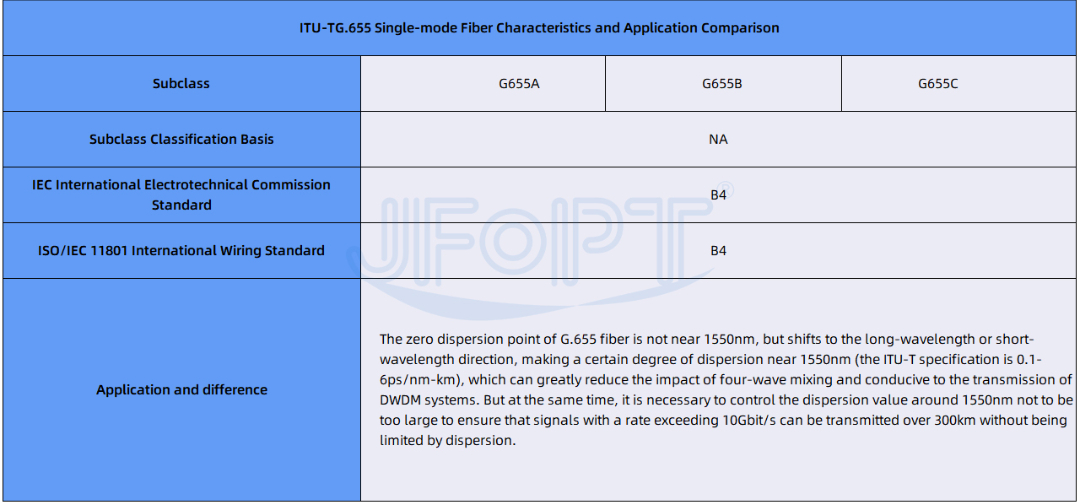
G.657 Single-mode Fiber Characteristics and Applications
G.657 fiber, also known as bend-insensitive single-mode fiber, is the latest fiber variety developed on the basis of G.652 fiber in order to achieve the goal of FTTH. The most important feature of this type of fiber is its excellent bending resistance, and its bending radius can achieve 1/4 to 1/2 of the bending radius of the conventional G.652 fiber.


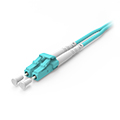
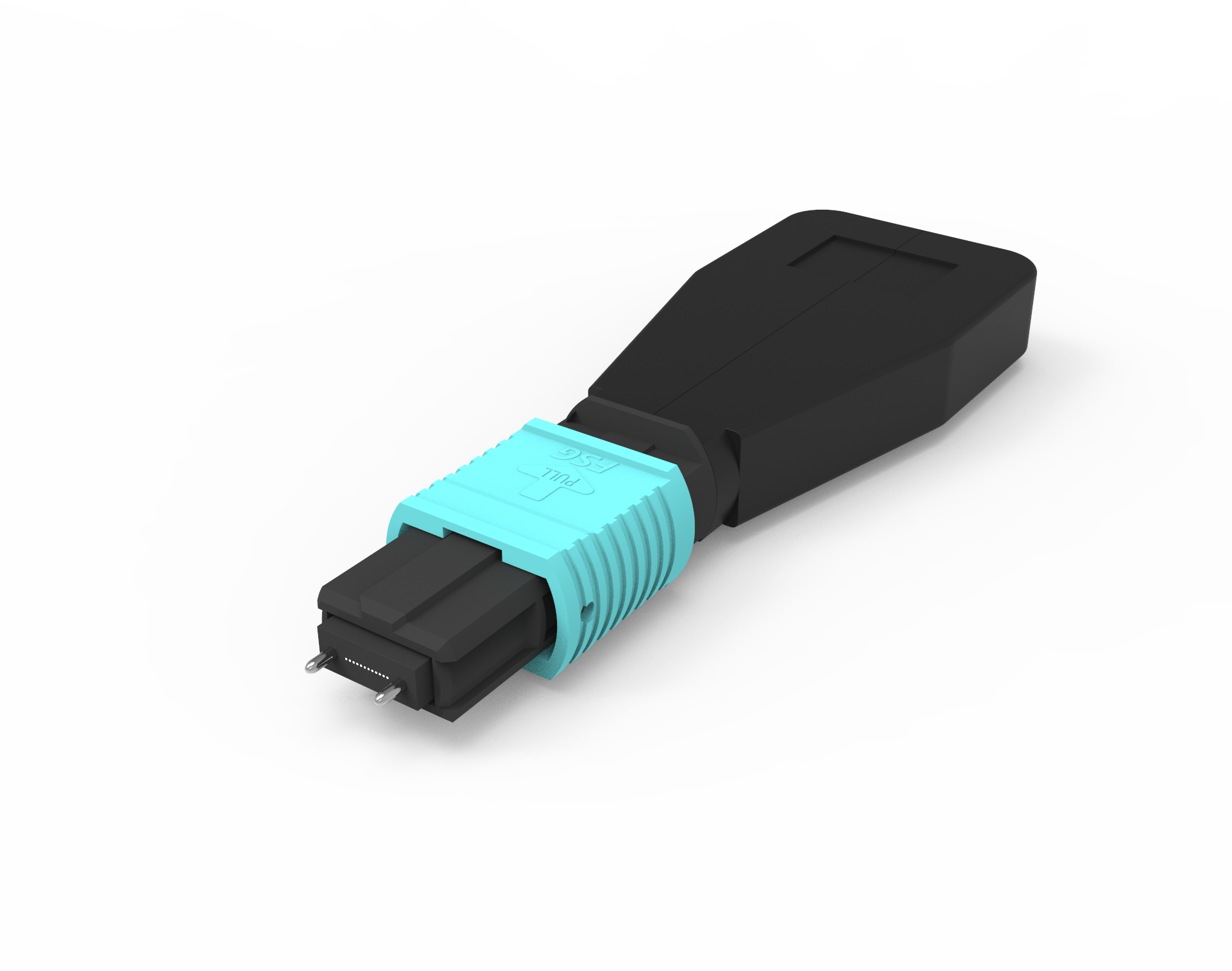
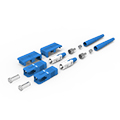
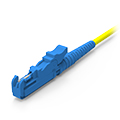
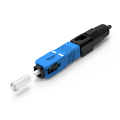
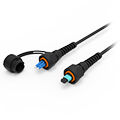
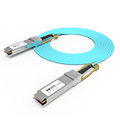
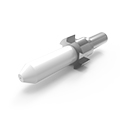
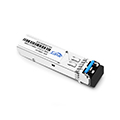
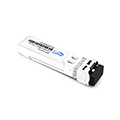
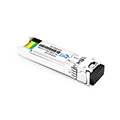
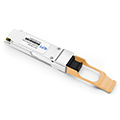
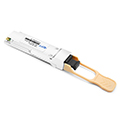

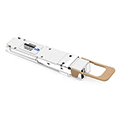
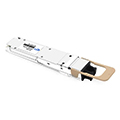
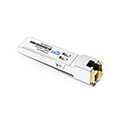
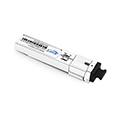

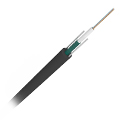
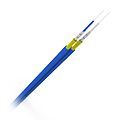
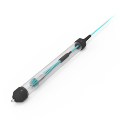

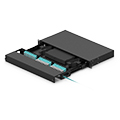
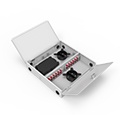

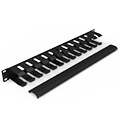
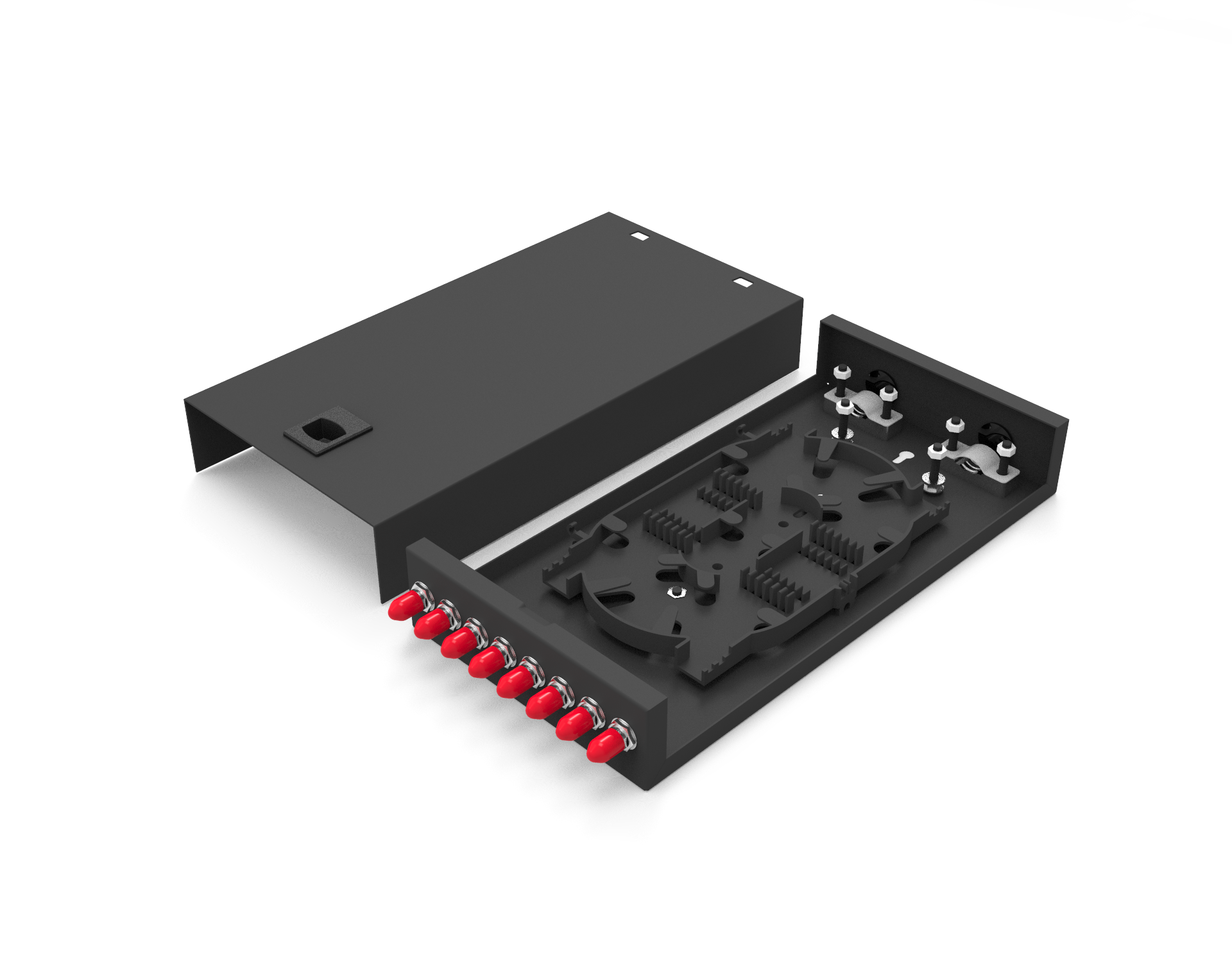
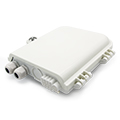
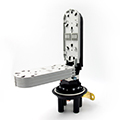
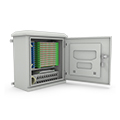
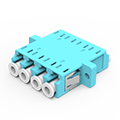

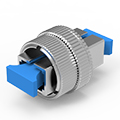

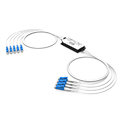
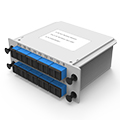
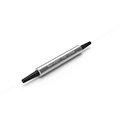
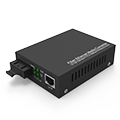
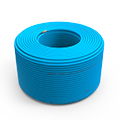
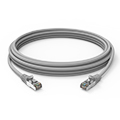
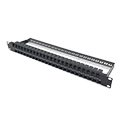
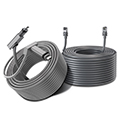
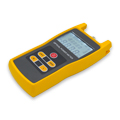
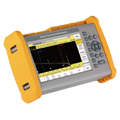
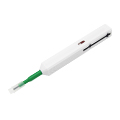
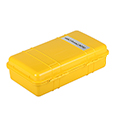
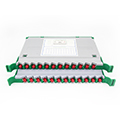
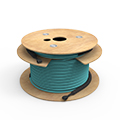


















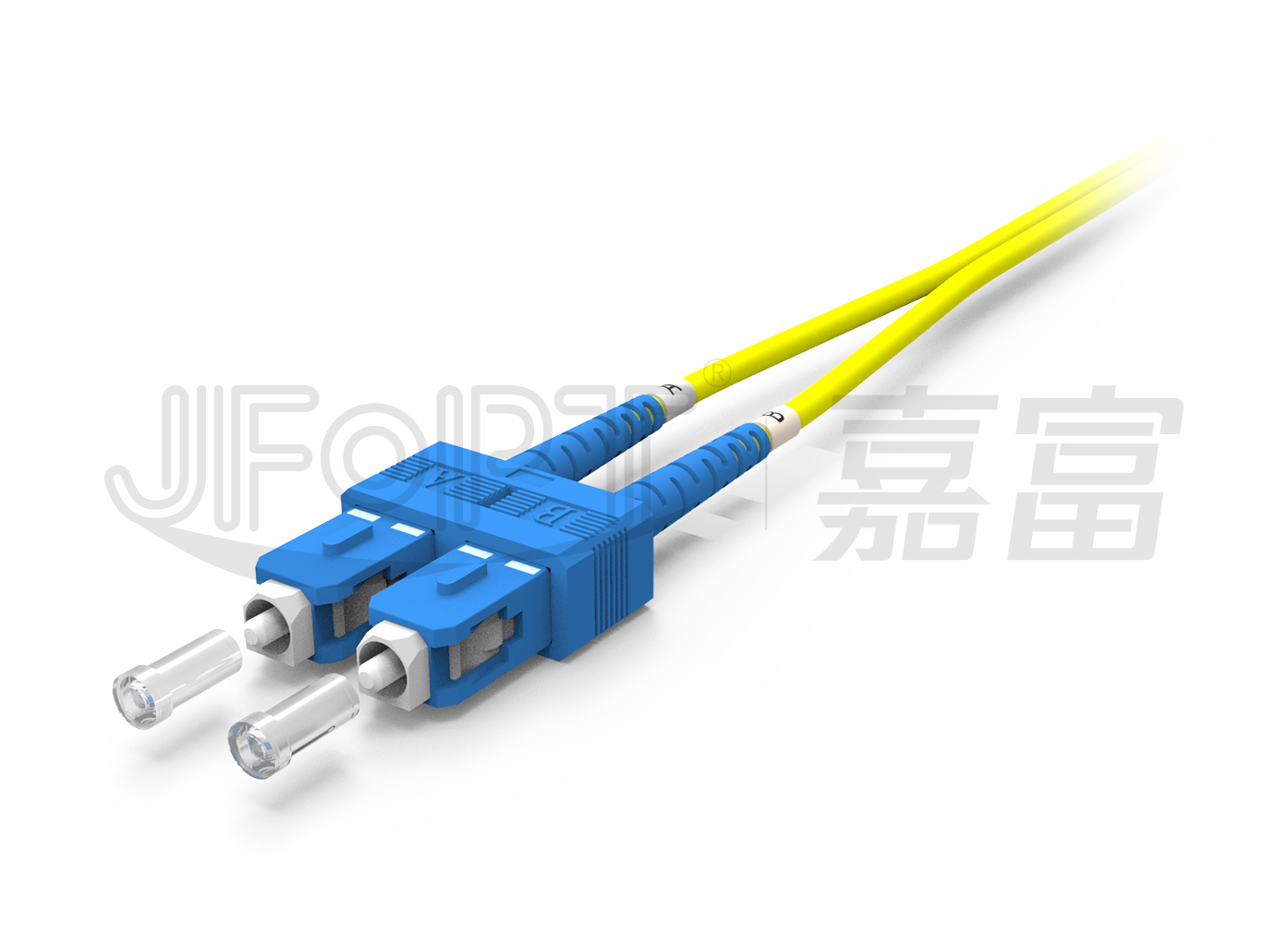
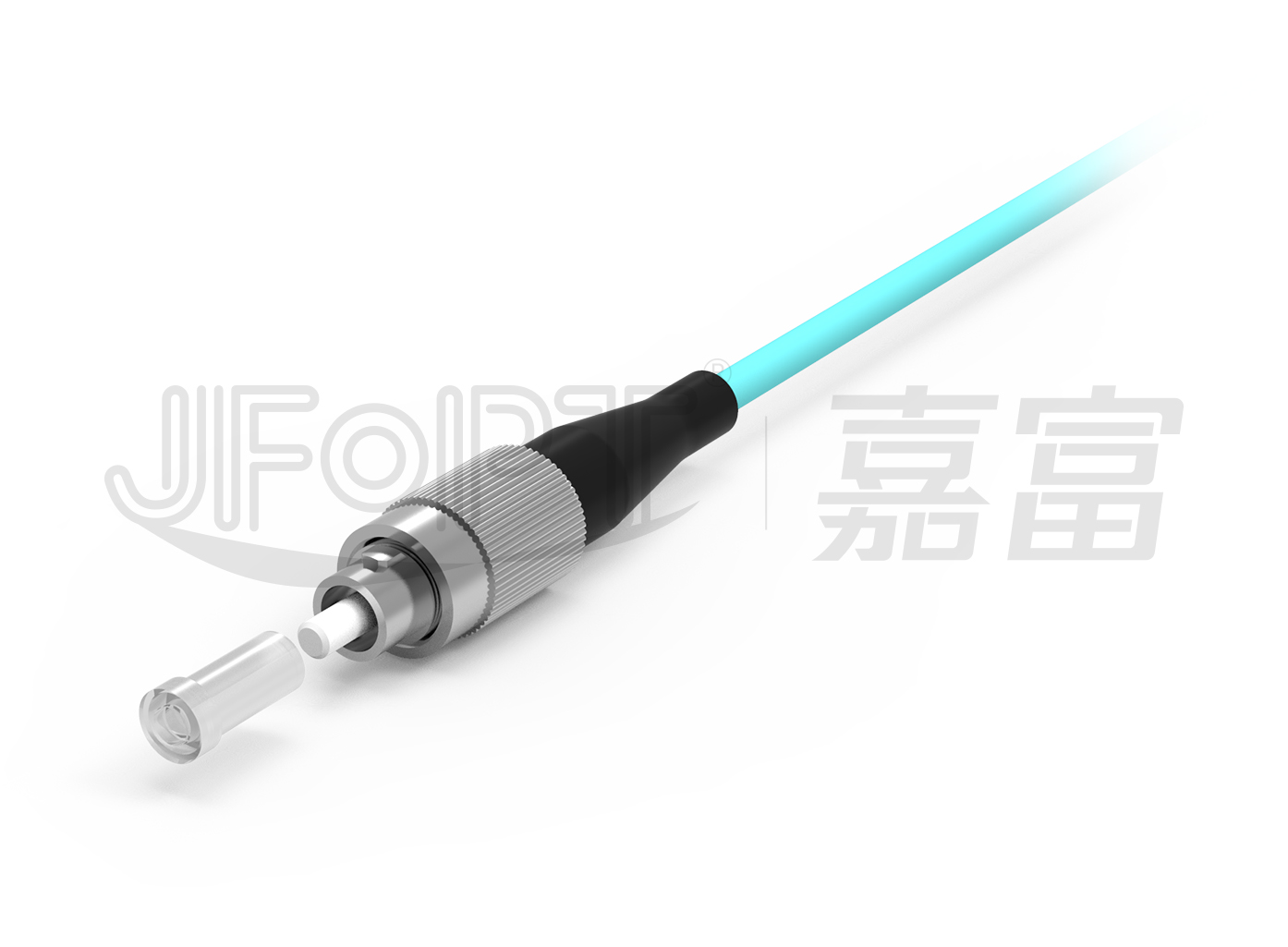
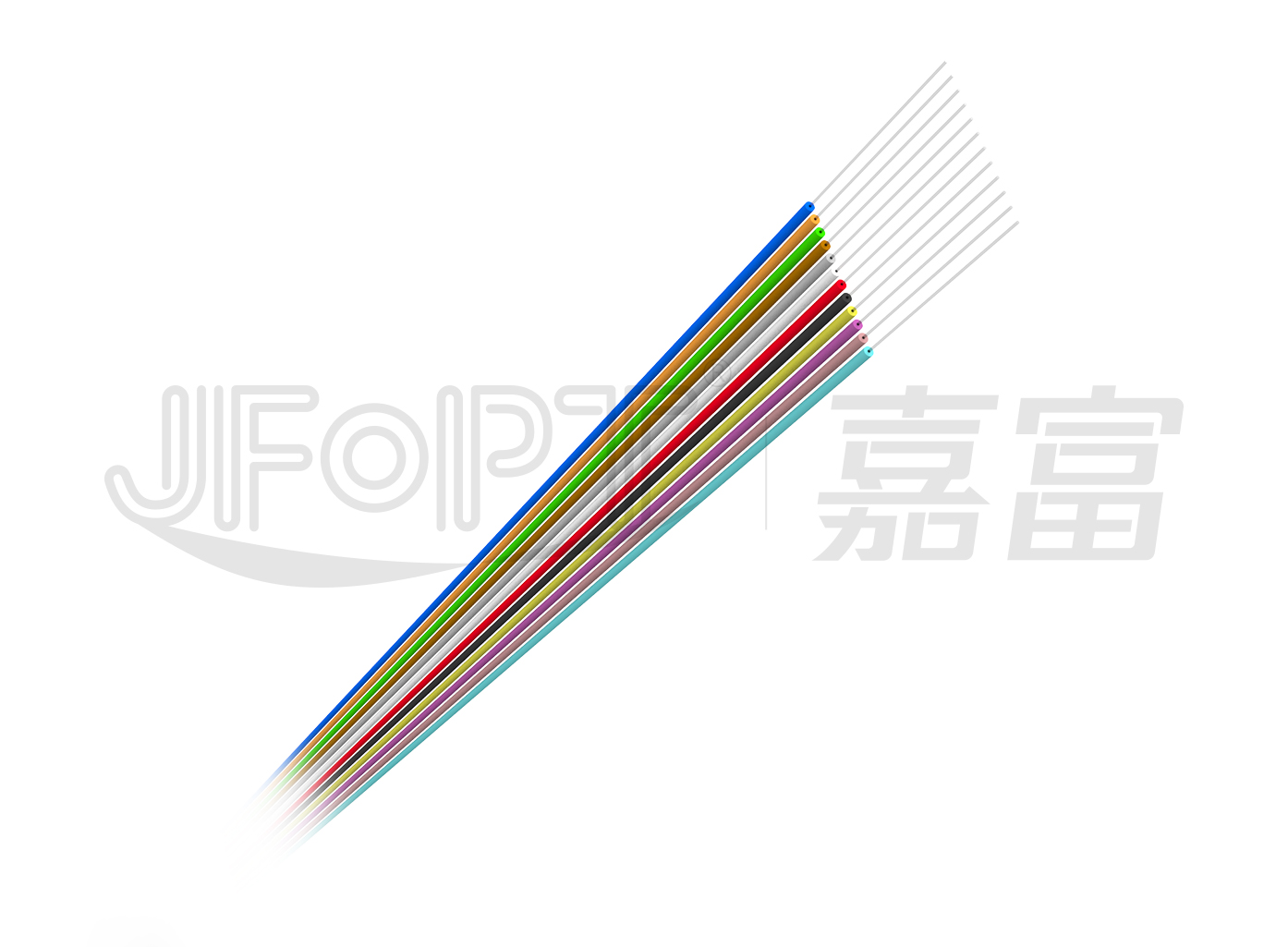
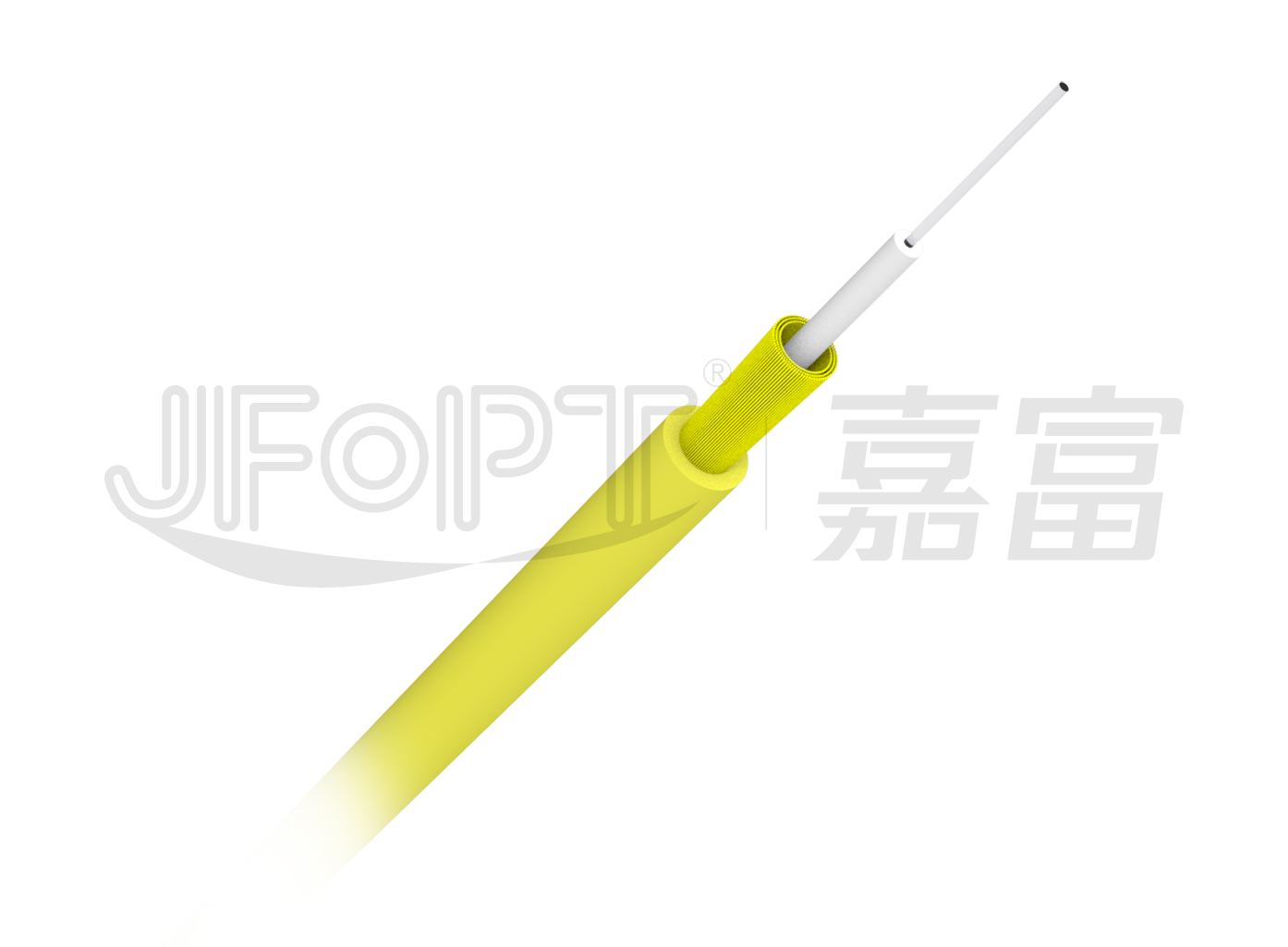
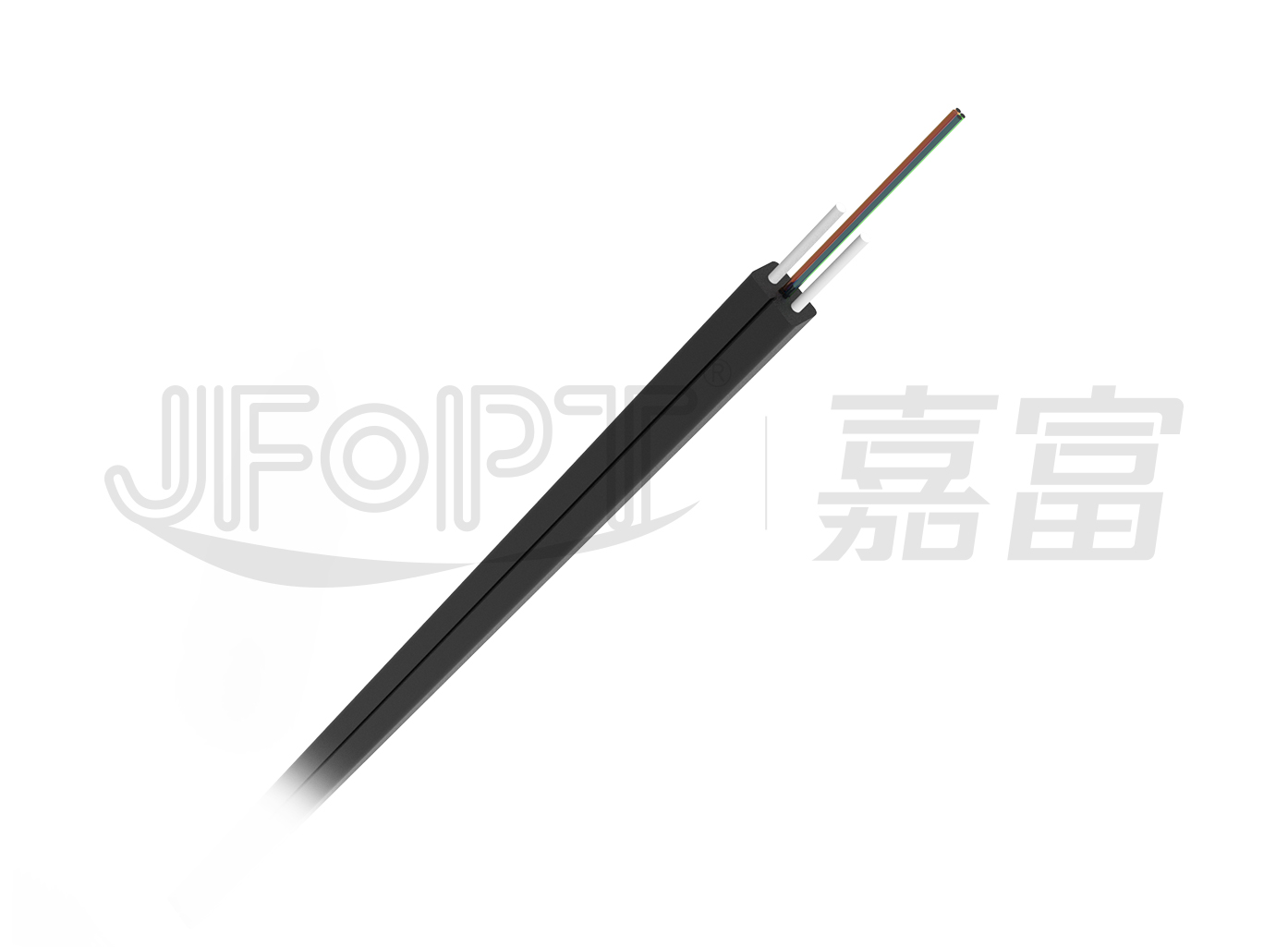
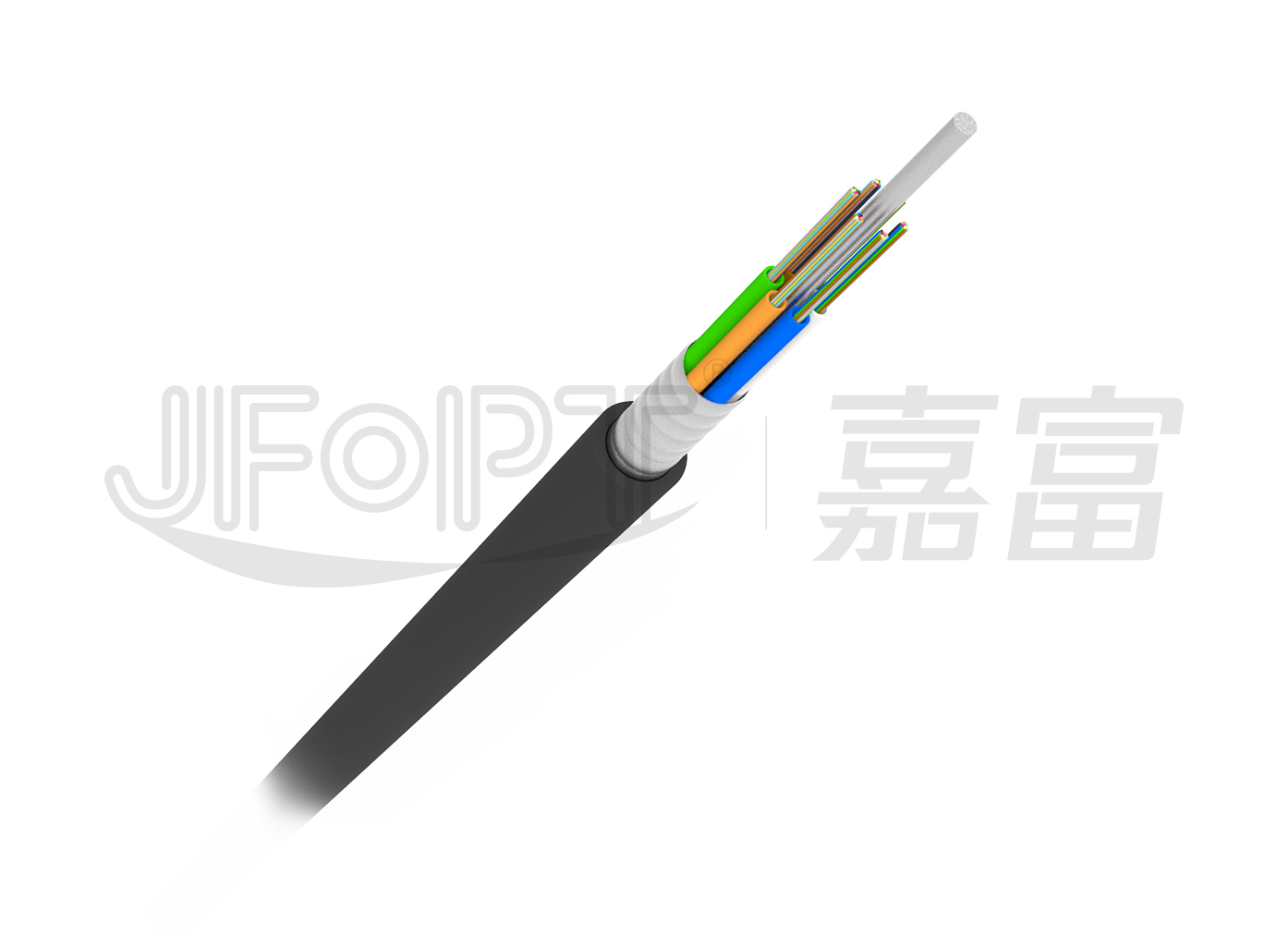
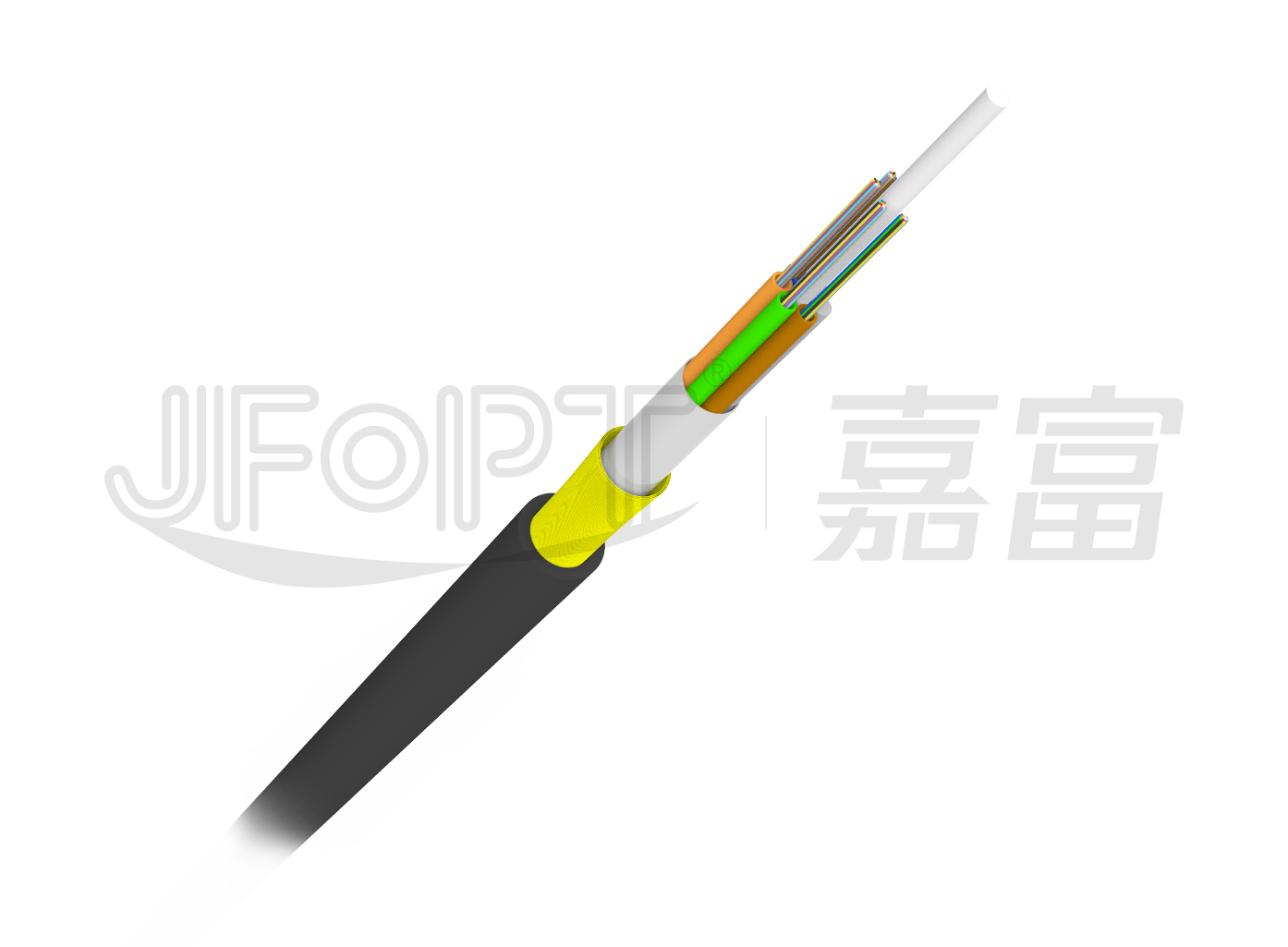
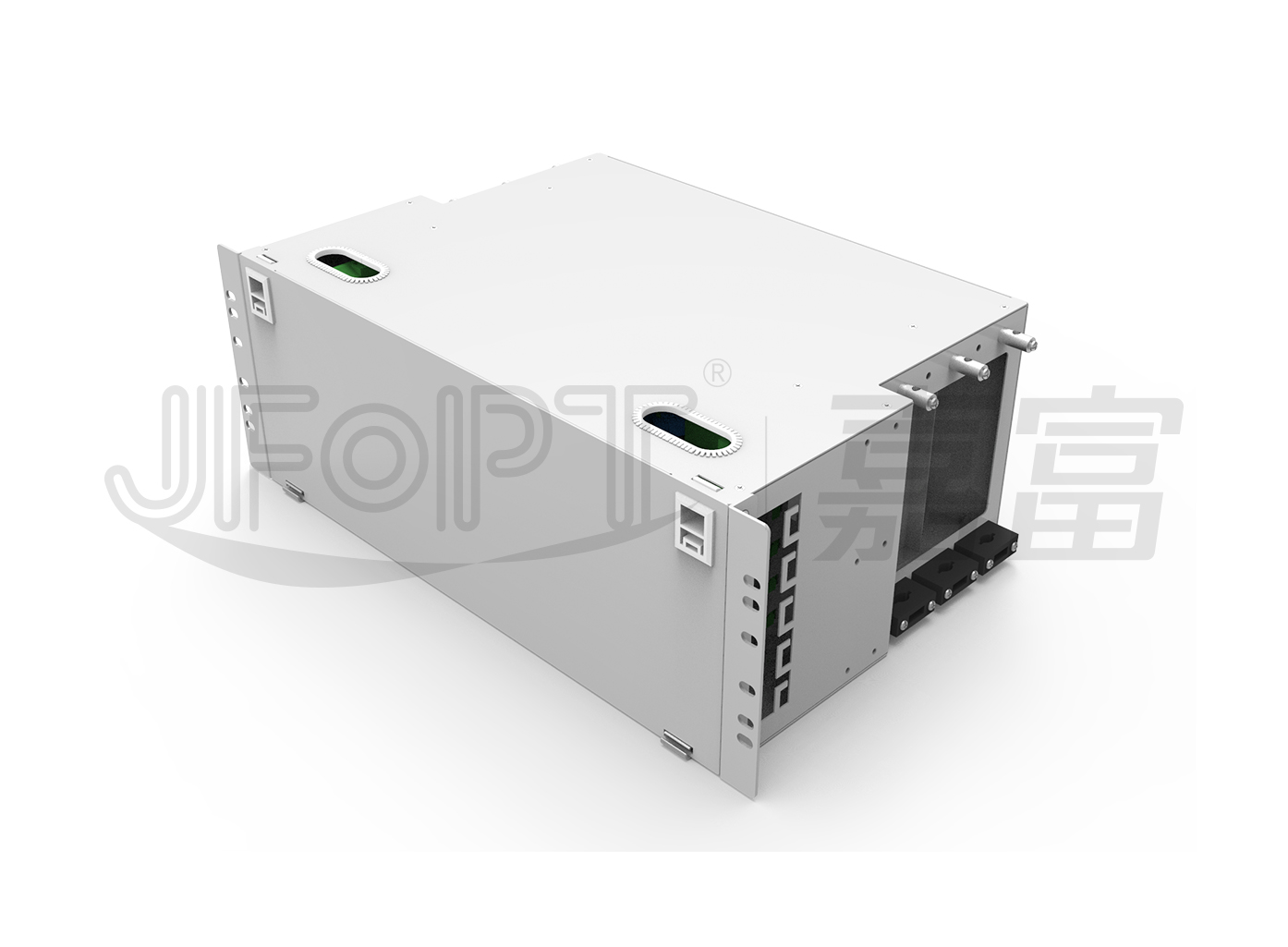
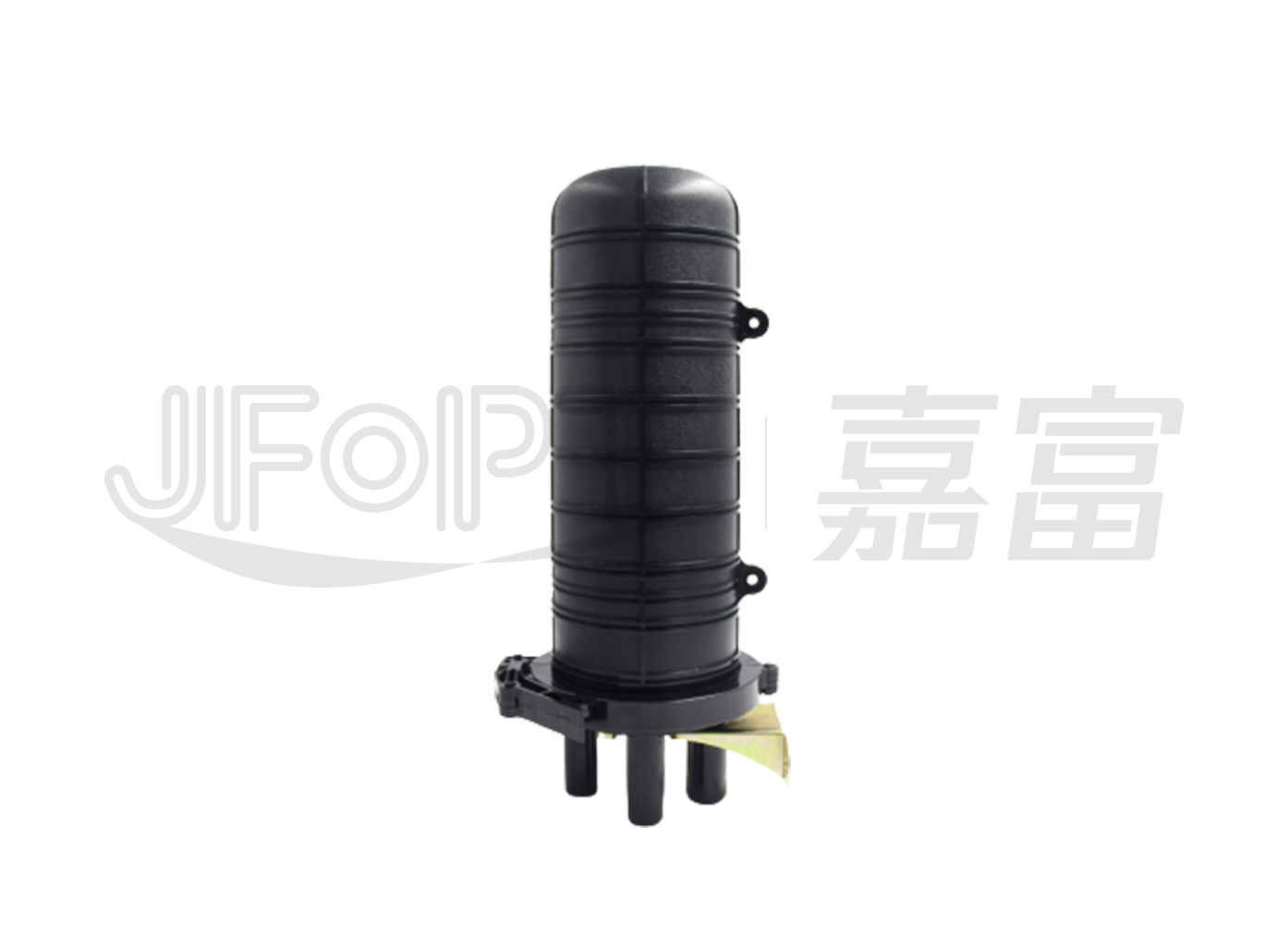
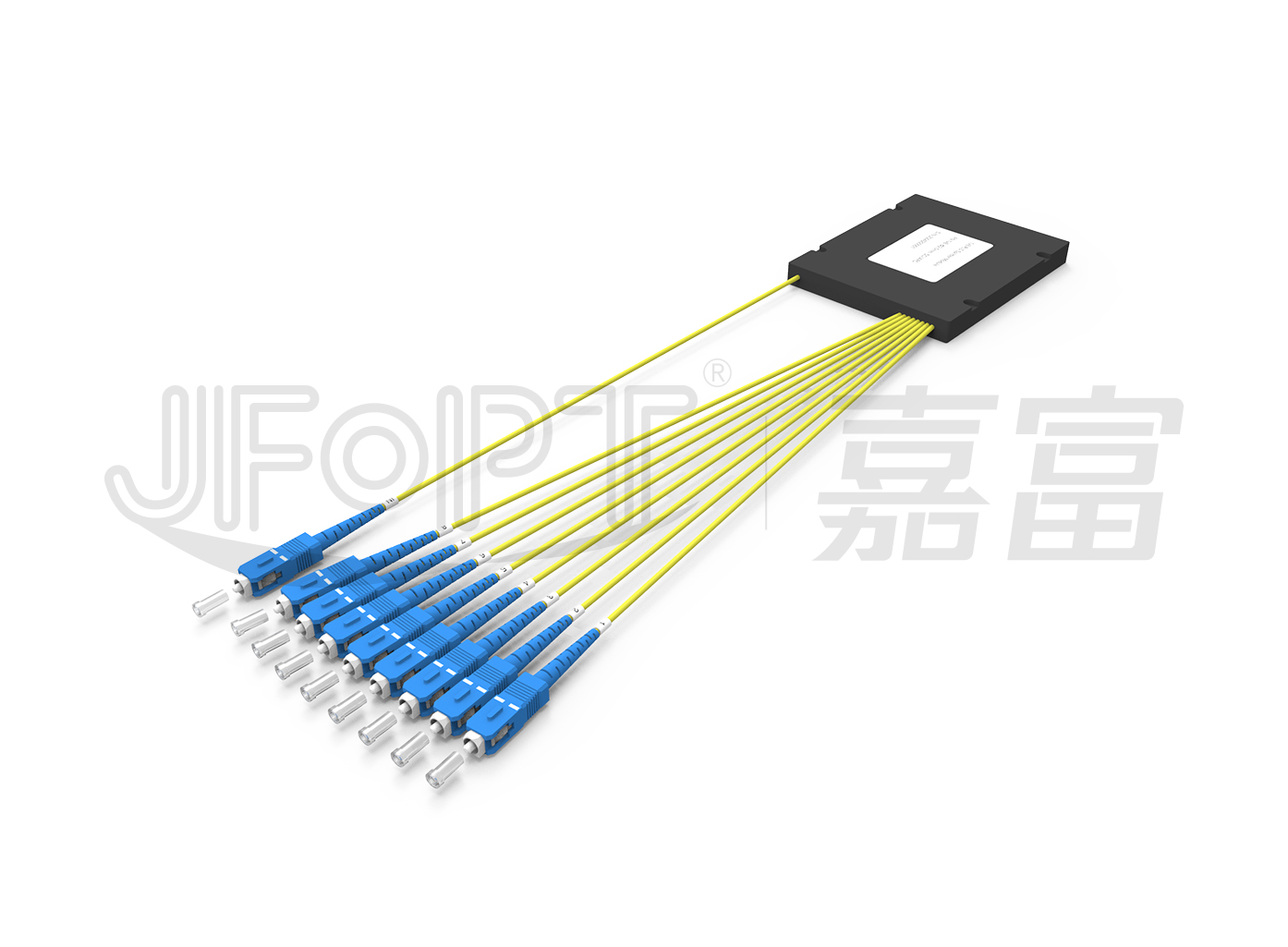
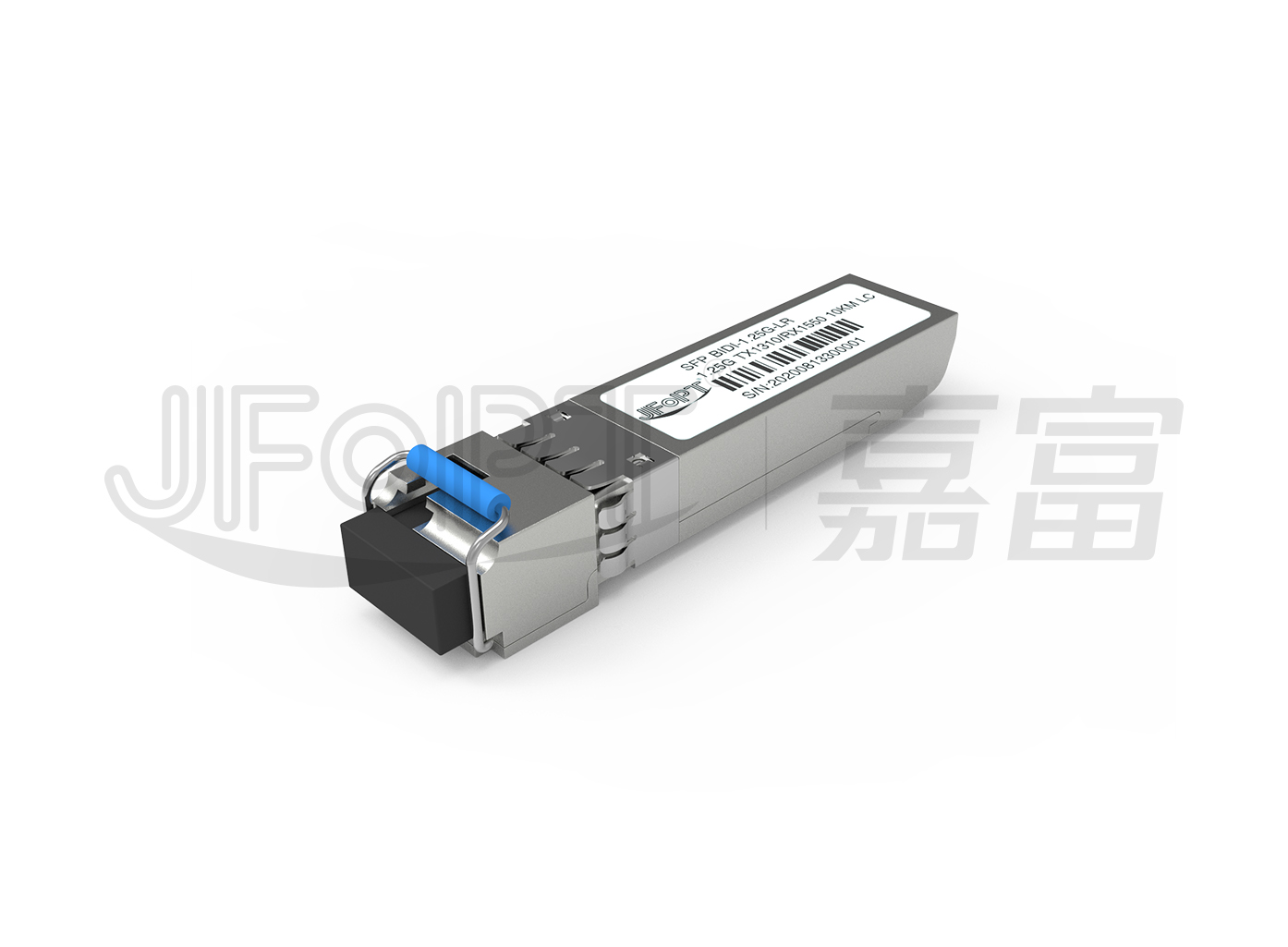
 Ann
Ann












